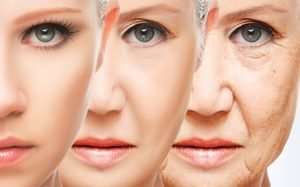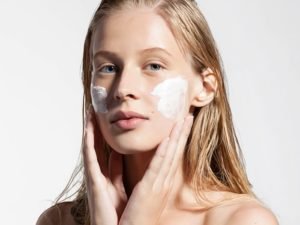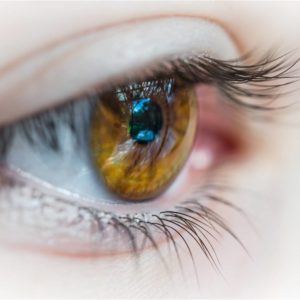Differences between men’s and women’s skin

Both men and women must hydrate and protect the skin against external aggressors, such as sunlight. However, both types of skin have differences and, therefore, other care must be specific.
There are several differences between men’s and women’s skin. However, both have a need to use moisturizing products and sunscreen to keep it in optimal condition. Although there are few differentiated products for both sexes, it is necessary to know how each type of skin differs to make a suitable choice.
For example, men have to use a specific product for facial care, since their skin suffers certain aggressions from constant shaving. And although there are similarities between men’s and women’s skin, their differences determine the care they require to keep it healthy.
Main differences between men’s and women’s skin
First of all, let’s make it clear that the skin is the largest organ of the human body and, at a structural level, it is made up of 3 epidermis, dermis and hypodermis layers. These, in turn, have skin attachments such as hair, nails, and sweat glands.
There are two great variables; testosterone is one of them. It is the hormone that governs the distinctive skin features of men in relation to women’s skin. It gives a different structure to men’s skin, both on the face and the rest of the body. This is much greasier, thicker, and ages differently.
The second cause of this significant difference is the daily and constant shaving carried out by the man on the skin of the face. It is an important aggression that makes men’s skin more stressed than women’s.
Other differences between men’s and women’s skin

The constant shaving of facial skin in men produces significant differences compared to facial skin in women.
Thickness
Men’s skin is around 20% thicker than women’s. In addition, it contains more collagen and, therefore, the signs of aging take longer to appear. In women, the skin typically undergoes significant thinning after menopause, as detailed in a publication by the American Academy of Dermatology .
Grease
Another curious difference between men’s and women’s skin is its level of oiliness. Men’s dermis has more fat, since it has more sebaceous glands. Therefore, sebum production is greater compared to women’s skin. In addition, there are a greater number of pores and their size is also larger.
The glands, which act by androgenic stimulation, can produce twice as much sebum as in women, leading to the appearance of blemishes, dryness and acne.
This increased sebaceous secretion can last into the male well into old age. In women, this sebaceous production decreases with menopause and dry skin, characteristic of senile skin, arises.
Hair
The appearance of hair is a characteristic that predominates in men. The beard begins to be observed at 15 or 16 years old, more specifically, in the area of the chin and mustache. From this age on, the male will also develop hair on his chest, arms and legs.

The appearance of hair predominates in men. From the age of 15, the appearance of facial and body hair tends to increase.
Cellulitis
The appearance of cellulite is more frequent among women. In fact, it is estimated that around 90% of girls have this problem. But why doesn’t it affect men so much? The reason is that the structure of the subcutaneous tissue between both sexes is very different.
As a study published in Plastic and Reconstructive Surgery explains , in men the connective tissue is stronger and there is not as much accumulation of subcutaneous fat . In contrast, in women, fat cells are larger and connective tissue is weaker due to the activity of female hormones.
Collagen
As we already mentioned, in man there is a greater amount of collagen and, consequently, his skin looks more compact and firm. This substance is steadily reducing over time, while in women these changes are observed late.
As men’s skin is thicker than women’s, the first wrinkles begin to appear between the ages of 35 and 40 , while those of women appear between the ages of 30 and 35.
Aging
Signs of aging (such as wrinkles) appear later on a man’s skin, but when they do they are more intense (fully formed grooves). In the case of women, bags and dark circles are more pronounced, since they suffer a substantial loss of muscle mass and laxity of the skin, which makes the sight more tired.
What should you remember about male and female skin?
It is more than clear that men’s and women’s skin are not the same. For its correct care, it is necessary to use different beauty products and treatments, adapted to the needs of each one, but always keeping in mind the importance of moisturizing and sunscreen for both.





